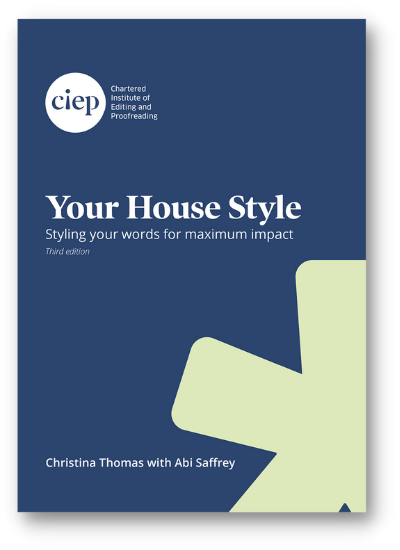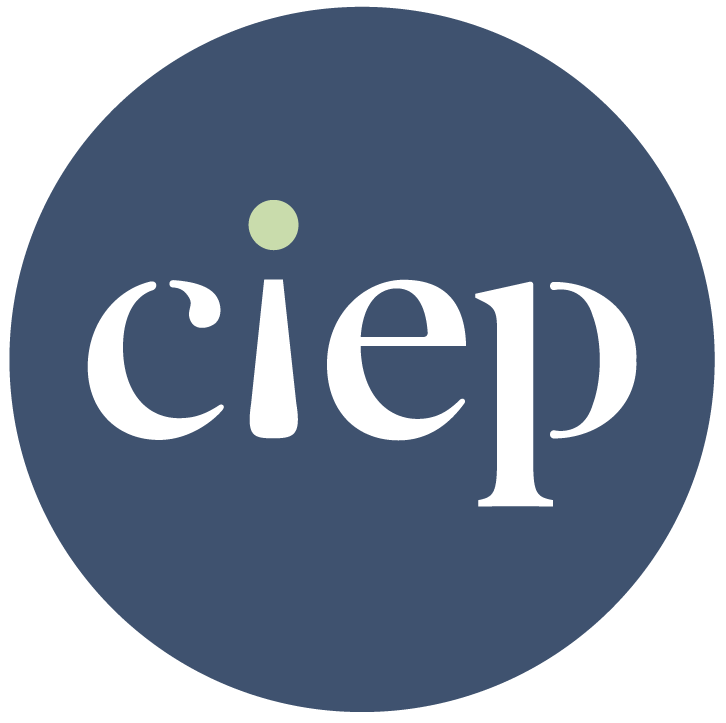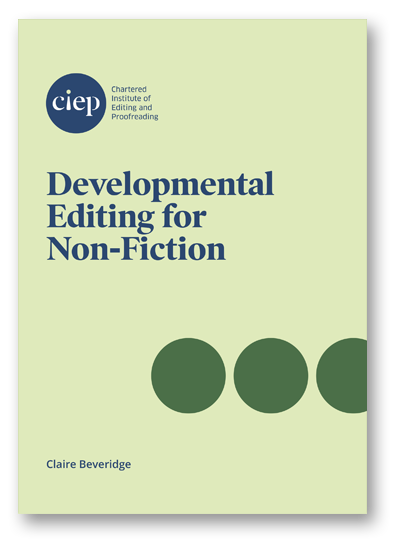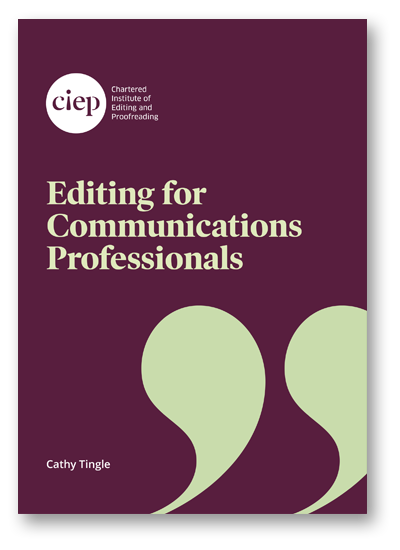General editing, publishing and style
Page owner: Information director
See also the International and STEM sections for specialised style guides
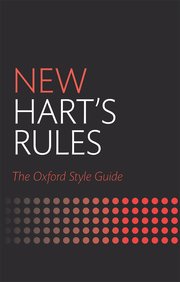
New Hart's Rules: The Oxford Style Guide (hardback, Oxford University Press, 2nd edn, 2014)
Covers all aspects of the editorial process from typescript to published work, including layout and headings, notes and bibliographies, indexing, punctuation and illustrations.
Online access to Hart's may also be possible using your library card or ATHENS number.

Butcher's Copy-editing: The Cambridge Handbook for Editors, Copy-editors and Proofreaders by Judith Butcher, Caroline Drake and Maureen Leach (Cambridge University Press, 4th edn, 2006)
Our bible, the eponymous masterpiece of our first honorary president.
Guide to all areas of publishing and the media, completely revised and updated every year with advice, inspiration and practical guidance on who to contact and how to get published. CIEP members can take advantage of a discount. See Members’ benefits.
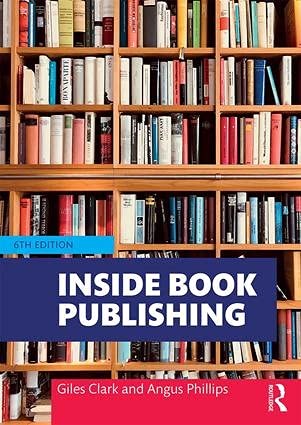
Inside Book Publishing by Giles Clark and Angus Phillips (paperback, Routledge, 6th edn, 2019)
Concise general overview, includes a chapter on getting into publishing and career pathways, and updated to respond to the rapid changes in the market and technology.
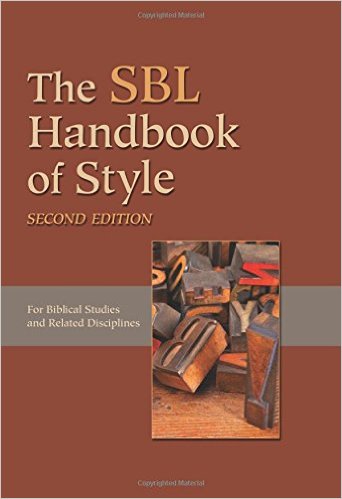
The SBL Handbook of Style (hardback and ebook, Society of Biblical Literature, 2nd edn, 2014)
The definitive style guide for Ancient Near Eastern, Biblical, and Early Christian Studies. The front matter can be downloaded for free, notably for the TOC, from the Society of Biblical Literature.
Buy this book Buy this book (members)
Proofreading Practice: Exercises with Model Answers and Commentary by Margaret Aherne (Improving Books, 2nd edn, 2017)
Written by trainer and CIEP Advanced Professional Member, Margaret Aherne, the first edition of this title was described as 'really helpful' and of great value to new proofreaders to supplement their training and provide additional practice material.
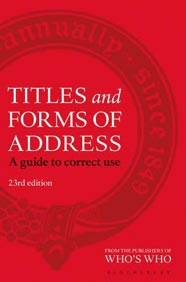
Titles and Forms of Address: A Guide to Correct Use (hardback, 23rd edn, Bloomsbury, 2016)
An incredibly handy addition to any editor's reference shelf; not just for fiction writing, but for anyone who needs to check the correct citation or address of any society personage, whether political, peerage, judiciary, religious or other.
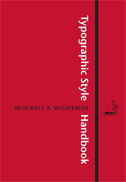
Typographic Style Handbook by Michael Mitchell and Susan Wightman (paperback, MacLehose Press, 2017)
A new manual for anyone working with text – books, journals, company reports, websites or marketing material – who wishes to develop an understanding of how to produce clean, clear and consistent typography. Comments from the CIEP forum: 'Very clear and helpful, beautifully laid out and full of simply explained helpful hints … if you have any interest in layout, typography, book structure, etc., whether you are producing it yourself or not.' 'It looks to be really useful, whereas I was just expecting it to be interesting. Definitely recommended.'
See also the book review in the March/April 2018 issue of Editing Matters.
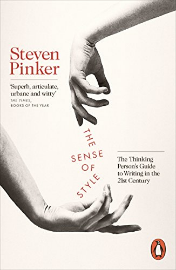
The Sense of Style: The Thinking Person's Guide to Writing in the 21st Century by Steven Pinker (hardback, paperback and ebook, Penguin, 2015)
What is the secret of good prose? Does writing well even matter in an age of instant communication? Should we care? In this funny, thoughtful book about the modern art of writing, Steven Pinker shows us why we all need a sense of style. Enthusiastically recommended for all copyeditors and proofreaders on the CIEP forums: 'it focuses on so many of the things I'd known without knowing I'd known them, and gives them a name. Very helpful in explaining things to authors. And to myself, for that matter.'
Chapter 6, 'Telling right from wrong: how to make sense of the rules of correct grammar, word choice, and punctuation' is especially recommended reading. See also the CIEP book review, The Sense of Style: The Thinking Person's Guide to Writing in the 21st Century.
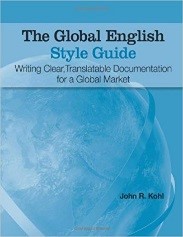
The Global English Style Guide: Writing Clear, Translatable Documentation for a Global Market by John R. Kohl (paperback and ebook, SAS Institute, 2007)
Advises on eliminating ambiguities and making English sentence structures clearer and easier for non-native speakers. Suitable for all types of technical documentation. From the CIEP forums: 'It contains hundreds of useful examples and is good for technical editors and writers alike.'
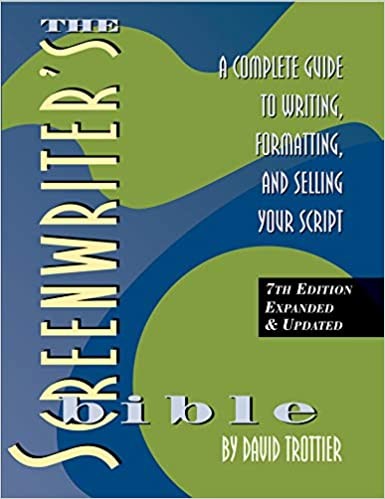
The Screenwriter's Bible 7th Edition: A Complete Guide to Writing, Formatting, and Selling Your Script by David Trottier (paperback, Silman-James Press, 7th edn, 2019)
A 'splendid book' which tells you all about how film scripts should be formatted (the restrictions are very precise), as well as general writing tips.
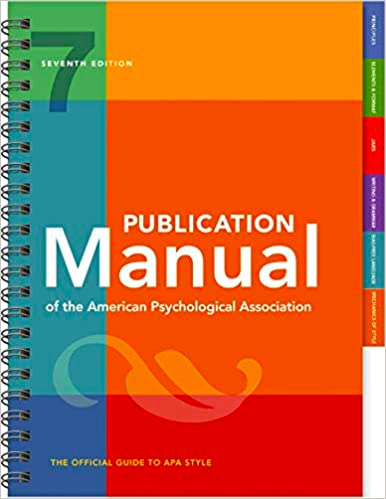
Publication Manual of the American Psychological Association (spiral-bound, American Psychological Association, 7th edn, 2019)
'I use the Publication Manual of the American Psychological Association quite a bit. It is useful for editors who work on scientific research in the social and behavioural sciences – education, social work, nursing, psychology, etc. I can thoroughly recommend it.'
See also the APA website.
A free online resource dealing with style and citation guidance for humanities materials is available from the Modern Humanities Research Association (MHRA) Style Guide Online.
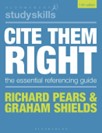
Cite Them Right: The Essential Referencing Guide (Bloomsbury Study Skills) by Richard Pears and Graham Shields (paperback, Bloomsbury Academic, 12th edn, 2022)
A thorough and easy-to-use book for dealing with a wide range of academic and non-fiction citations and references conforming to a variety of styles, including Harvard, APA, Chicago, IEEE, MHRA, MLA, OSCOLA and Vancouver.
See also the book review from Editing Matters 2019.
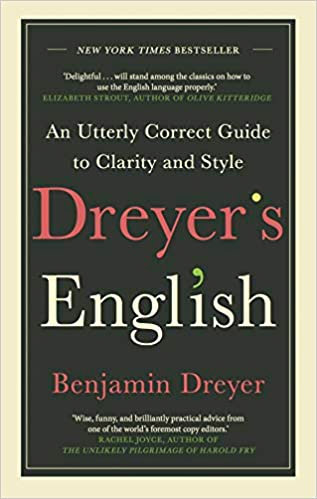
Dreyer's English: An Utterly Correct Guide to Clarity and Style by Benjamin Dreyer (paperback, ebook, Century, UK edn, 2019)
Contains useful and memorable examples of language use. By the copy chief of Random House.
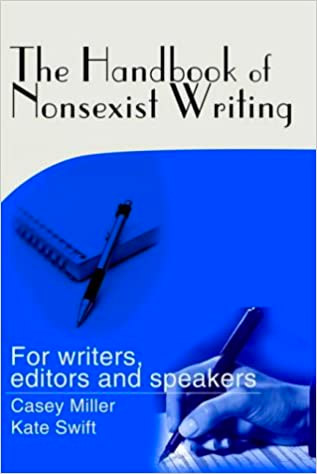
The Handbook of Nonsexist Writing: For writers, editors and speakers by Casey Miller and Kate Swift (paperback, iUniverse, 2nd edn, 2001)
If you can get hold of a copy, this book is still 'incredibly useful'.

How Words Get Good: The Story of Making a Book by Rebecca Lee (paperback, ebook, Profile, 2022)
‘A really good, IMO – and thoroughly readable – guide to best practice for editors, and plenty about how we fit into the book production process, which should make our output even better.’

Letters to a Writer of Colour edited by Deepa Annapara and Taymour Soomro (paperback, ebook, audiobook, Vintage, 2023)
